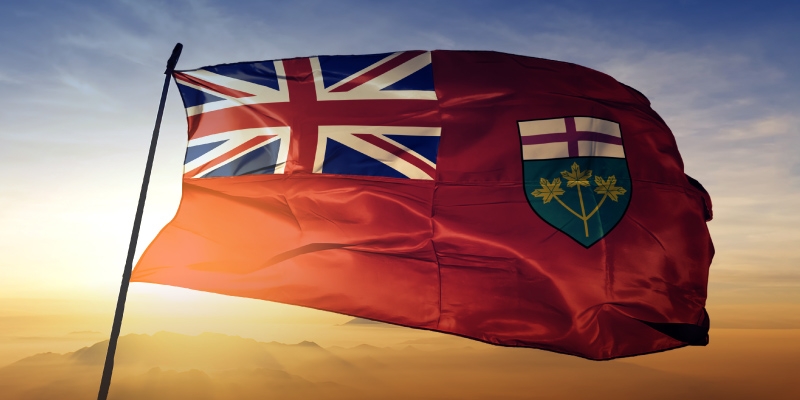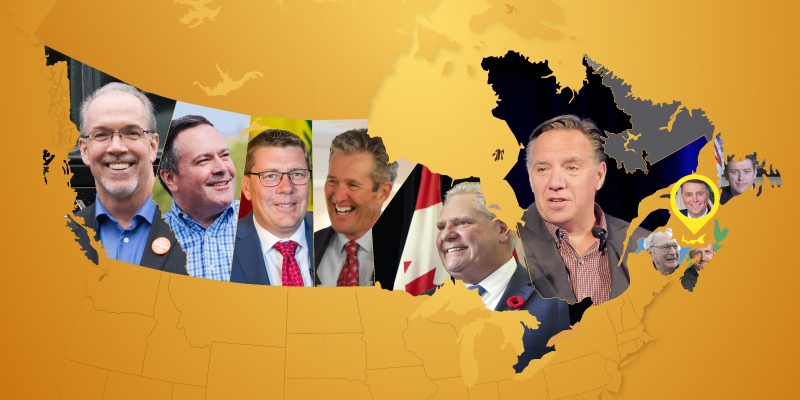Taxes
— Jun 19, 2023
— Mar 14, 2023
 Executive Summary
Executive Summary Read the Full Report
Read the Full Report View the Infographic - Total Business Subsidies Canada
View the Infographic - Total Business Subsidies Canada View the Infographic - Cost of Business Subsidies Per Tax Filer
View the Infographic - Cost of Business Subsidies Per Tax Filer View the Infographic - Provincial Business Subsidies
View the Infographic - Provincial Business Subsidies View the Infographic - Ontario's Business Subsidies
View the Infographic - Ontario's Business Subsidies Read the News Release - Canada
Read the News Release - Canada Read the News Release - Ontario
Read the News Release - Ontario Read the News Release - Quebec
Read the News Release - Quebec
— Mar 2, 2023
— Feb 7, 2023
— Jan 5, 2023
Taxes Research Experts
-
Senior Fellow, Fraser Institute
-
Executive Vice President, Fraser Institute
-
Senior Fellow, Fraser Institute
-
Senior Fellow, Fraser Institute
-
Professor of Economics, Lakehead University
-
Senior Fellow, Fraser Institute
-
Senior Economist, Fraser Institute
-
Professor of Economics, MacEwan University
-
Senior Fellow, Fraser Institute
-
Director, Fiscal Studies, Fraser Institute
-
Director, Alberta Policy, Fraser Institute
-
Senior Fellow, Fraser Institute
-
Senior Policy Analyst, Fraser Institute
-
Senior Fellow, Fraser Institute
-
Director, Addington Centre for Measurement, Fraser Institute
-
Senior Fellow, Fraser Institute
-
President, Fraser Institute
-
Fraser Institute Founder and Honorary Director
-
Senior Fellow, Fraser Institute
-
Director, Atlantic Canada Prosperity, Fraser Institute

























